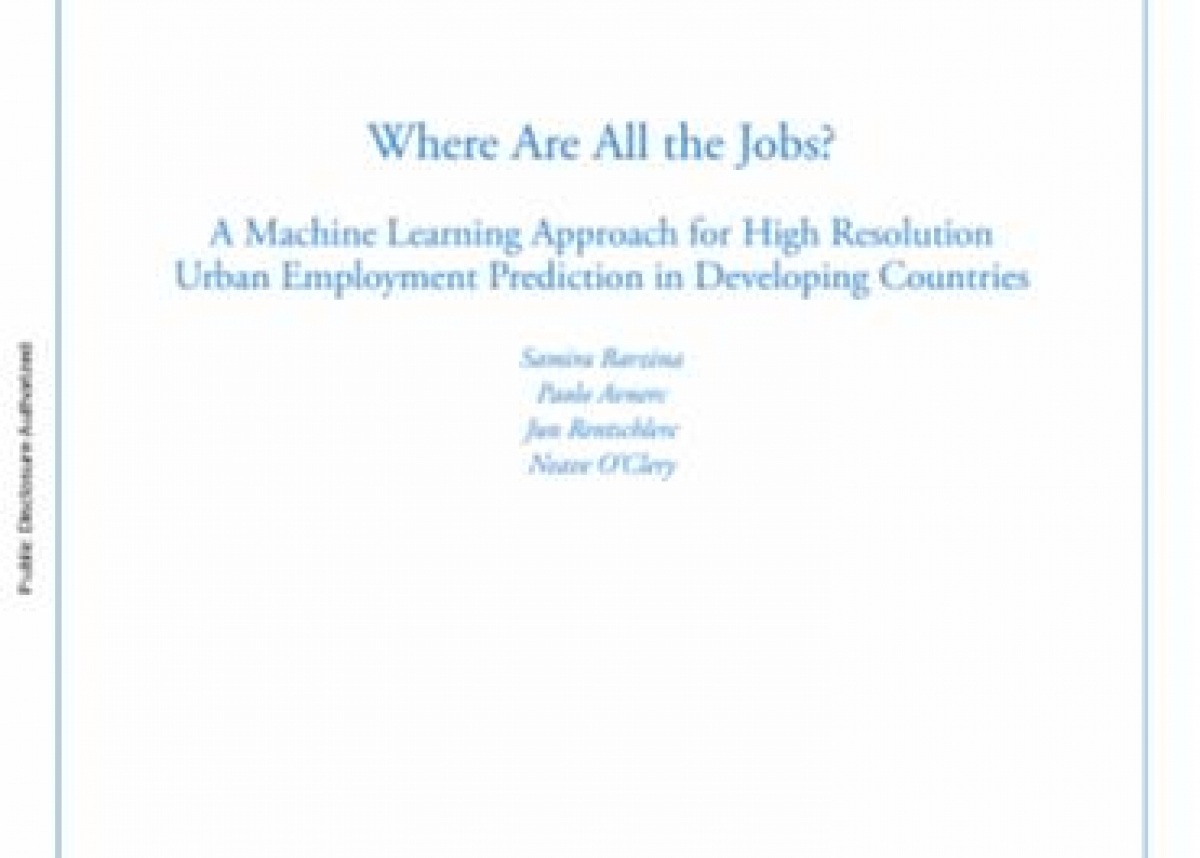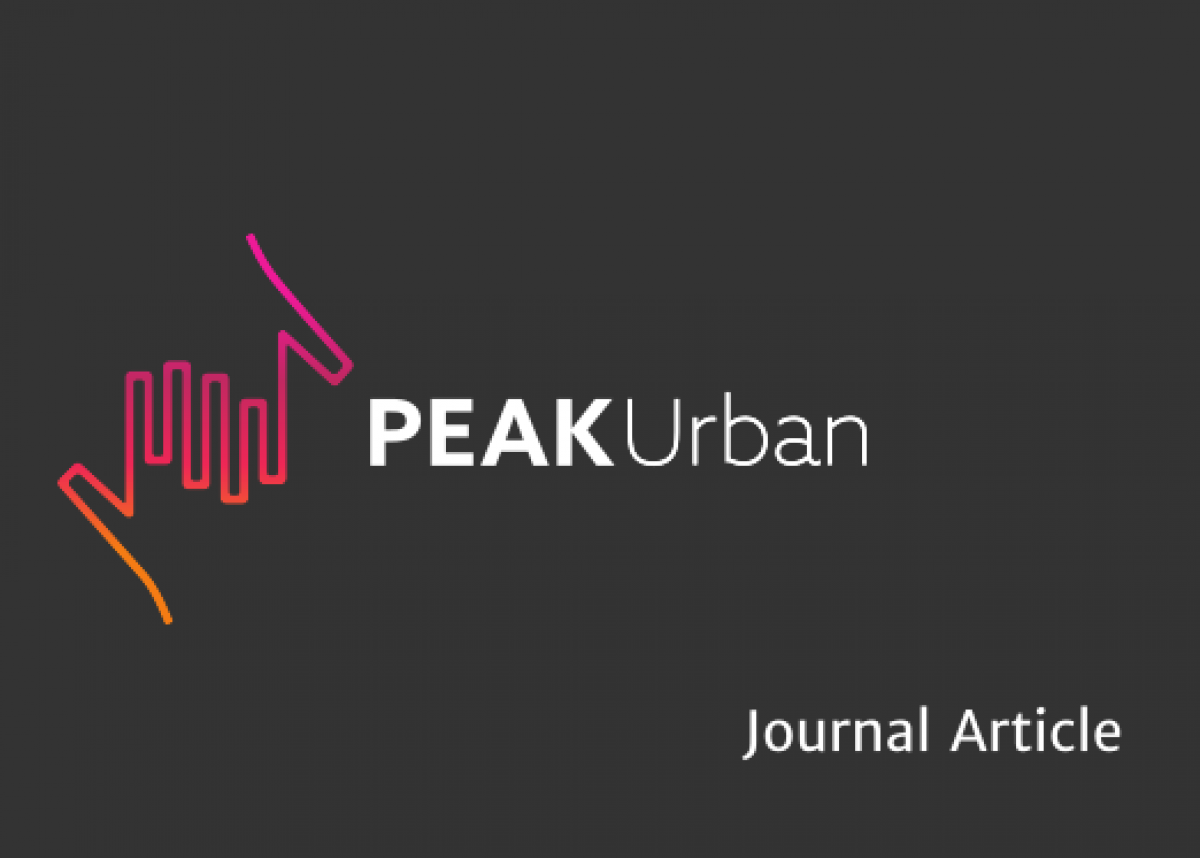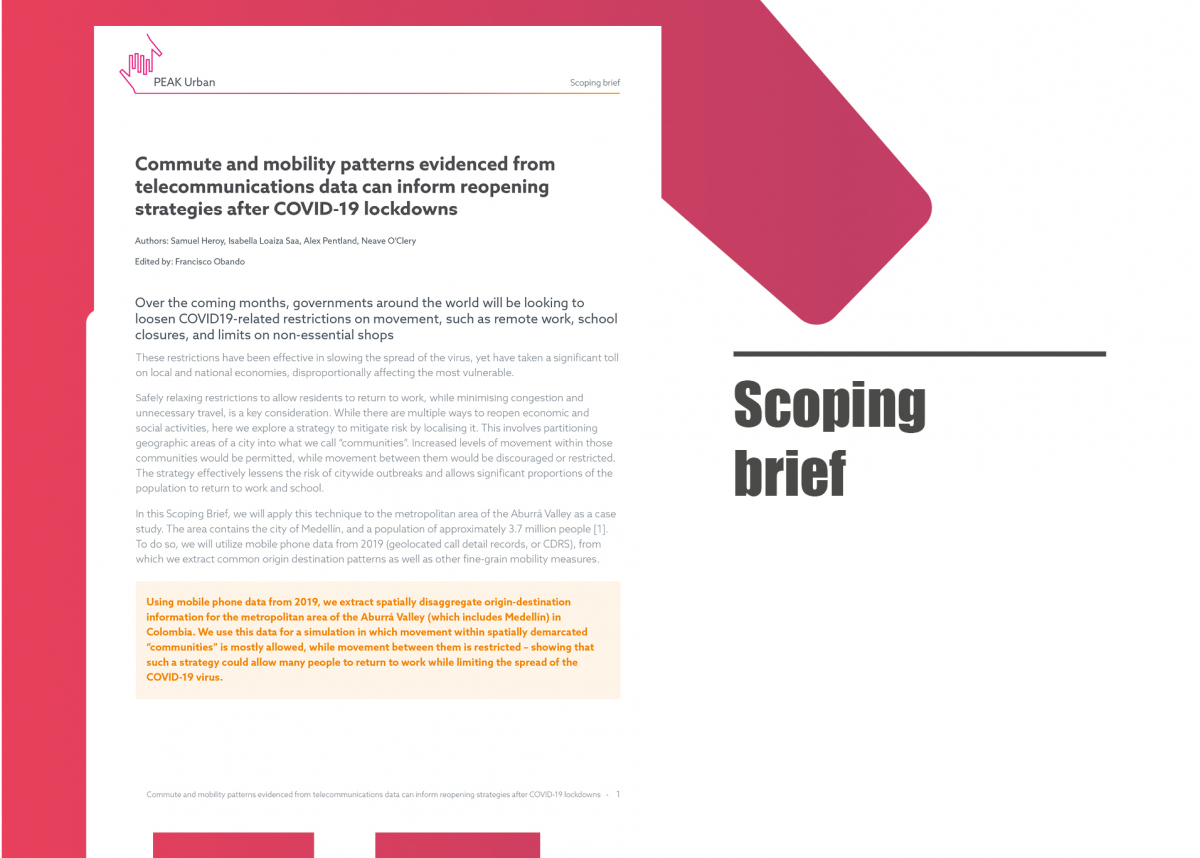
Beyond big versus small: assessing spatial variation of urban neighborhood block structures in high-density cities
A striking feature of urban formation has been the deployment of mega-blocks, often on the order of sixteen hectares or more. However, recent urban policies give strong suggestions for smaller and finer-grained neighborhood block and grid arrangements.
This paper explores the transformation of urban block structures in high-density cities beyond spatial conditions of big versus small blocks by emphasizing “place” making through the degree of spatial diversity and flexibility.
Using spatial indices of urban block arrangements, road network efficiencies and gradients of transit network accessibility, the assessment on urban neighborhood block structure is applied to territories of central core, suburban and peripheral development in Beijing, Shanghai and Shenzhen at multiple spatial scales.
The results show that the overall efficiency and flexibility of urban block structures becomes more a matter of a narrowing of the range of differing block sizes among the three territories and a concomitant higher potential capacity for adaptation to a broader range of development options. Beyond the Chinese context, in high-density cities across the globe, policies on place making should adopt a multi-scale spatial analysis strategy to measure the configuration of the overall urban block structure and guide the transformation of the city.
Guan, C., Rowe, P.G. Beyond big versus small: assessing spatial variation of urban neighborhood block structures in high-density cities. Socio Ecol Pract Res 3, 37–53 (2021).







